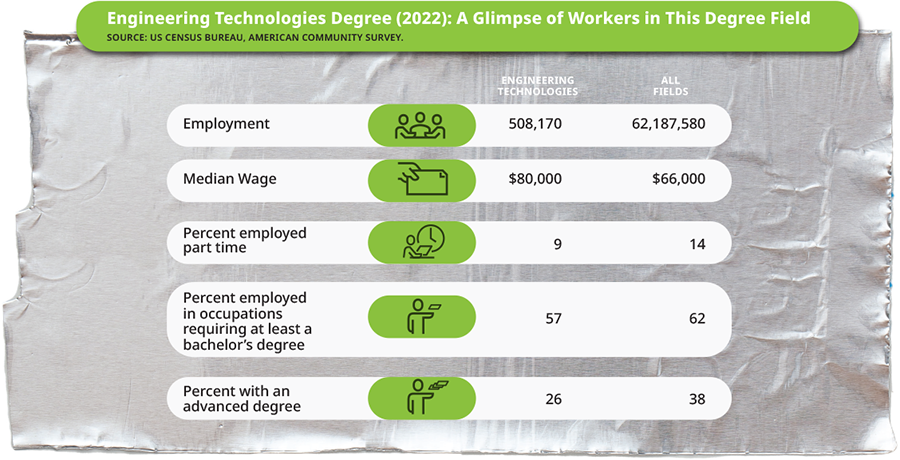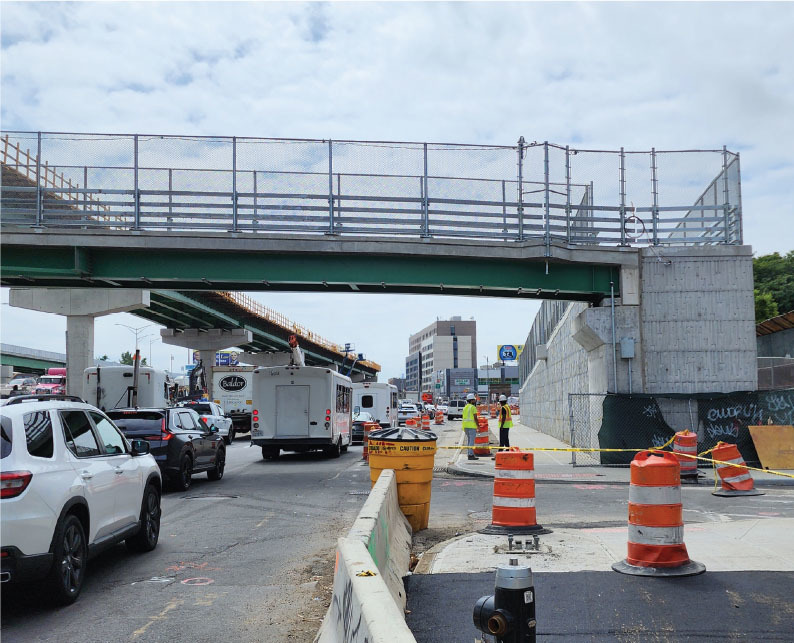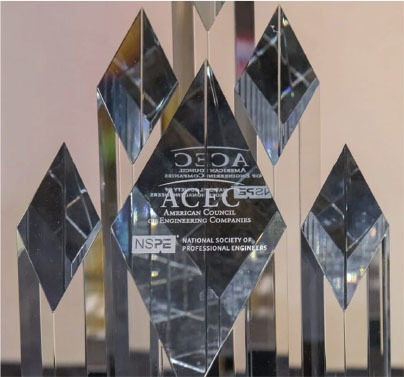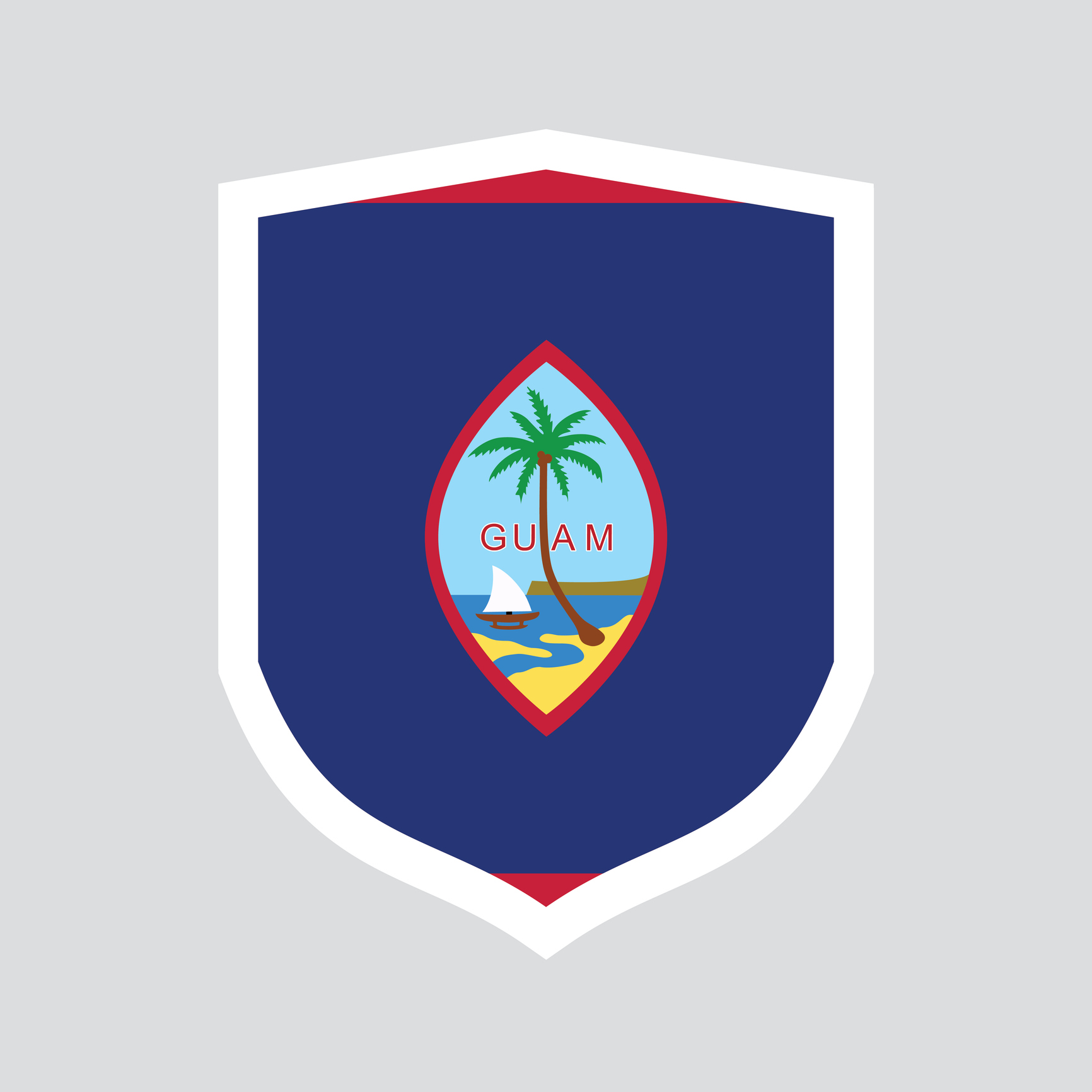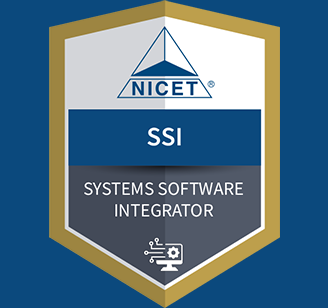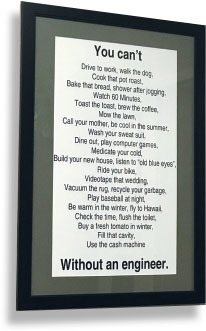November/December 2017
PE Report
Licensing Boards Support Practice-Based Education Path to PE
The National Council of Examiners for Engineering and Surveying amended its position on the future education requirements for engineering licensure in August, allowing for a new practice-oriented pathway.
At NCEES’s annual meeting in August, delegates voted 49–20 to amend a council position statement adopted in 2015. The position statement outlined four pathways for meeting future education requirements, including requiring a bachelor’s degree in engineering plus additional university education. The new amendment adds a fifth option that, according to NCEES, will “give applicants a pathway to licensure that does not rely solely on academic institutions.”
The new option requires 80 assessed learning days in areas related to professional practice, and at least 40 must be earned through technical coursework. Options include university courses, industrial in-house specialty courses, short courses and certification courses offered by professional and technical societies, or other courses meeting standards to be developed by NCEES.
The updated position statement represents the views of the state licensing boards comprising the council, but states would need to take legislative or regulatory action for those recommendations to take effect.
The minimum education requirements to earn a PE license have been hotly debated within the profession for about 20 years. In 2002, NSPE adopted a professional policy in support of requiring education beyond an accredited four-year degree to earn a PE license.
The policy, since amended, states, “NSPE supports the concept of engineering licensure candidates meeting additional academic or other educational requirements as a prerequisite for engineering licensure. Additional education requirements should include formal education (such as a master’s degree in an engineering discipline) or alternative approaches (such as additional coursework or professional development education) after obtaining a baccalaureate degree.”
Requirements for the New Education Path
NCEES’s position on future education requirements for engineering licensure now includes the following option for a pathway outside of academic institutions:
- A bachelor’s degree in engineering from a program accredited by EAC/ABET and 80 assessed learning days (ALDs) in areas germane to professional practice and that support and enhance the applicant’s capability in his or her technical area of practice.
- ALDs can be earned through credit or noncredit courses. The applicant shall be required to demonstrate successful completion and that the content of the coursework was of sufficient content and rigor.
- Coursework may include university courses, industrial in-house specialty courses, short courses, certification courses offered by professional and technical societies, and other courses meeting standards to be developed by NCEES.
- At least 40 ALDs shall be from technical engineering coursework. Nontechnical ALDs include professional practice topics such as business, communications, contract law, management, ethics, public policy, and quality control.
- For non-university-provided coursework, a course that earns ALD credit must have a syllabus, learning objectives, and outcomes assessment.
- For non-university-provided coursework, one ALD unit shall be defined as eight hours of contact time.
- For university-provided coursework, a three-semester credit hour course shall equal six ALDs.
- Any single course must consist of at least one ALD.


 Volunteering at NSPE is a great opportunity to grow your professional network and connect with other leaders in the field.
Volunteering at NSPE is a great opportunity to grow your professional network and connect with other leaders in the field. The National Society of Professional Engineers (NSPE) encourages you to explore the resources to cast your vote on election day:
The National Society of Professional Engineers (NSPE) encourages you to explore the resources to cast your vote on election day:


